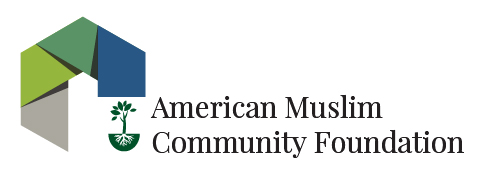
Fundraising is ultimately about relationships. And just like in any meaningful relationship, understanding how people prefer to give and receive communication can make all the difference. Borrowing from psychology’s well-known concept of love languages, we can apply a similar framework to donor engagement, ensuring that supporters feel valued and connected to your mission in ways that resonate most with them.
If you’re familiar with the Cause Selling Cycle from Fundraising Academy, you know that presentation styles—and donor personalities—need to align. Customized outreach and personalized marketing strategies for major gift donors are essential for long-term success.
Here’s my take on relationship advice—nonprofit edition.
The Donor Love Languages
Words of Affirmation: Recognizing Impact
Many donors respond to sincere, heartfelt acknowledgment. A personalized thank-you note, a spotlight in a newsletter, or even a short, unexpected phone call can strengthen your donor retention efforts. A six- or seven-figure donor isn’t just looking for a generic impact report—they want to hear directly from leadership about the tangible difference their support has made. Use personalized communication to reinforce that their generosity is truly seen and valued.
Acts of Service: Offering Meaningful Engagement
Some donors want to experience the mission. Offering behind-the-scenes access, volunteer opportunities, or site visits can be powerful. For high-net-worth donors, consider curated experiences that match their philanthropic interests. A private tour with program beneficiaries or a small-group meeting with your frontline staff can build trust and deepen their emotional investment. Relationship-based fundraising thrives on meaningful, mission-aligned moments like these.
Receiving Gifts: Thoughtful Tokens of Appreciation
While donors give out of generosity, thoughtful donor stewardship gifts can reinforce their connection to your cause. Consider a hand-painted card from a beneficiary, a book relevant to the mission, or a personalized item that ties into the campaign. For high-impact donors, a framed photograph of a completed project or a keepsake tied to a milestone can make a memorable impression. These gestures build emotional resonance and deepen the donor’s sense of identity with your organization.
Quality Time: Personalized Engagement
Intentional, one-on-one time with donors is invaluable. Whether it’s an informal lunch to explore their philanthropic vision or dedicated time at an event, these interactions cultivate loyalty. Cause Selling emphasizes that major donors don’t want to be seen as transactions—they crave authentic, personal connections that affirm their role as true partners in your mission. Donor relationship management depends on investing time in these personalized touchpoints.
Physical Touch: The Power of Presence
Fundraising isn’t exactly a “hug-and-handshake” business—but presence matters. In-person engagement remains one of the most effective ways to build trust. A warm greeting at a donor event, a walkthrough of a project site, or even just showing up can convey sincerity and commitment. While virtual meetings have their place, they can’t always replace the impact of a face-to-face connection—especially when cultivating transformational gifts.
One-to-One vs. Mass Communication: Tailoring the Approach
Personalized Stewardship
When working with major gift donors, tailored strategies are essential. A donor giving $500,000 to an endowment fund needs a bespoke engagement plan—not an email blast. Build your strategy using insights from prior conversations, giving history, and donor preferences. Use donor journey mapping to ensure each interaction is intentional, relevant, and impactful.
Example: A $1 million donor to a youth development program might appreciate lunch with alumni whose lives were changed by their support—illustrating the long-term outcomes of their gift.
Scalable Connection
Even in mass donor engagement, personalization can go a long way. Use segmentation, impact-driven storytelling, and marketing automation tools to create a sense of connection at scale. Short video messages from beneficiaries, interactive social media posts, and dynamic emails can help smaller donors feel appreciated and included.
Example: A $500 donor could receive a customized email with stories of individuals their contribution helped, plus an invitation to a virtual appreciation event. This reinforces connection without sacrificing efficiency.
Conclusion
Fundraising success hinges on how well we understand and engage our donors. Whether through gratitude, meaningful experiences, or direct interaction, recognizing donor love languages ensures your supporters feel personally connected to your mission. For fundraisers working at the six- and seven-figure level, this personalized, data-driven approach is critical to building lasting partnerships and securing transformational giving that sustains nonprofit impact for years to come.
